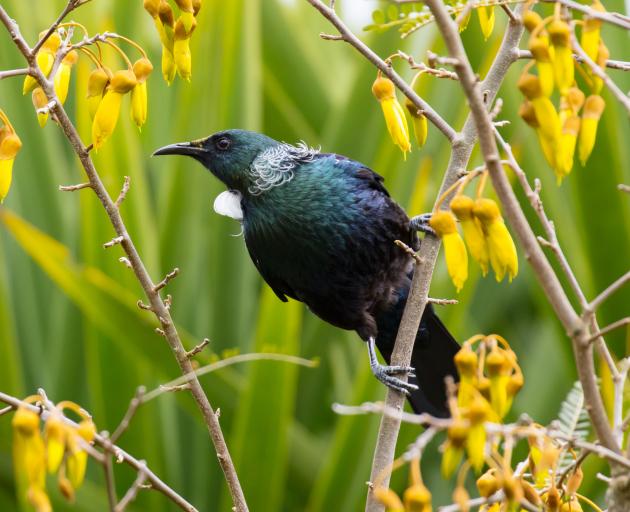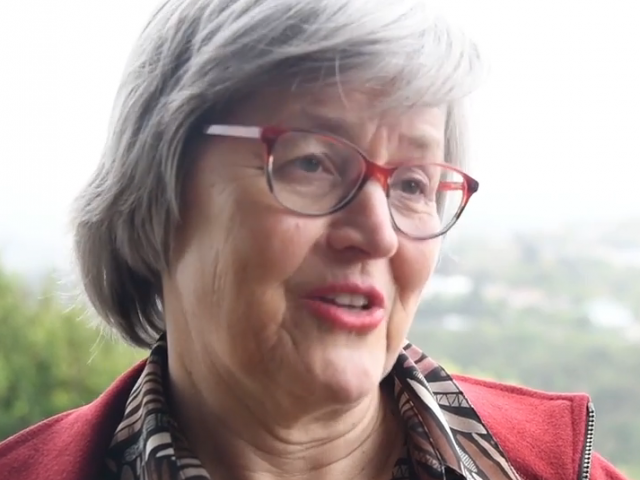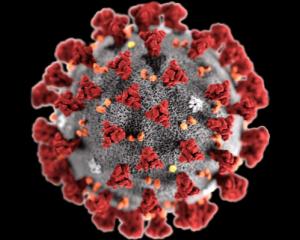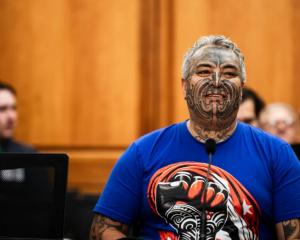
But it will also recognise the importance of introduced species for primary industries, and for fishing and hunting.

Sage launched the work to prepare the new biodiversity strategy, to be developed over the next 16 months, at Napier’s Ahuriri Estuary today. The current biodiversity strategy expires in 2020.
“Our indigenous plants and wildlife and their habitats in serious trouble, with 4000 native species threatened or at risk of extinction; including 81 percent of our native birds,” Sage said.
“Ecosystems and habitats such as wetlands, native forests, drylands, rivers and sand dunes remain under pressure despite gains in conservation and environmental management over the last 20 years.
“Developing a new New Zealand biodiversity strategy over the next 16 months, in consultation with the public, will help ensure we are doing all we can to protect and enhance our unique biodiversity.”
She described the sheer number of threatened species as a “crisis”, and said it was New Zealand’s responsibility to safeguard our native species for present and future generations.
About 800 native species are thought to be facing extinction.

Biosecurity NZ, along with the Department of Conservation, is already fighting the spread of kauri dieback.
Work has begun in Northland’s Waipoua Forest to determine how close kauri dieback is to Tāne Mahuta, the country’s largest known living kauri tree, and whether the forest should be closed.
The Government is also aiming to have the country pest-free by 2050, as well as eradicating all mammal predators - including possums, rats and stoats - from offshore island nature reserves by 2025.
Sage said biodiversity is central to human health and New Zealand’s economy, supporting industries as diverse as farming, film production and tourism.
“This strategy will need to recognise the value of important introduced species for primary industries, and for hunting and fishing.
“The Department of Conservation will work closely with other government agencies, local councils and will engage with iwi and hapū to seek to address their priorities in the strategy.
“Public involvement will be vital in developing the new biodiversity strategy. There will be many opportunities for input, with regional hui, discussions, social media conversations, and website submissions.”











